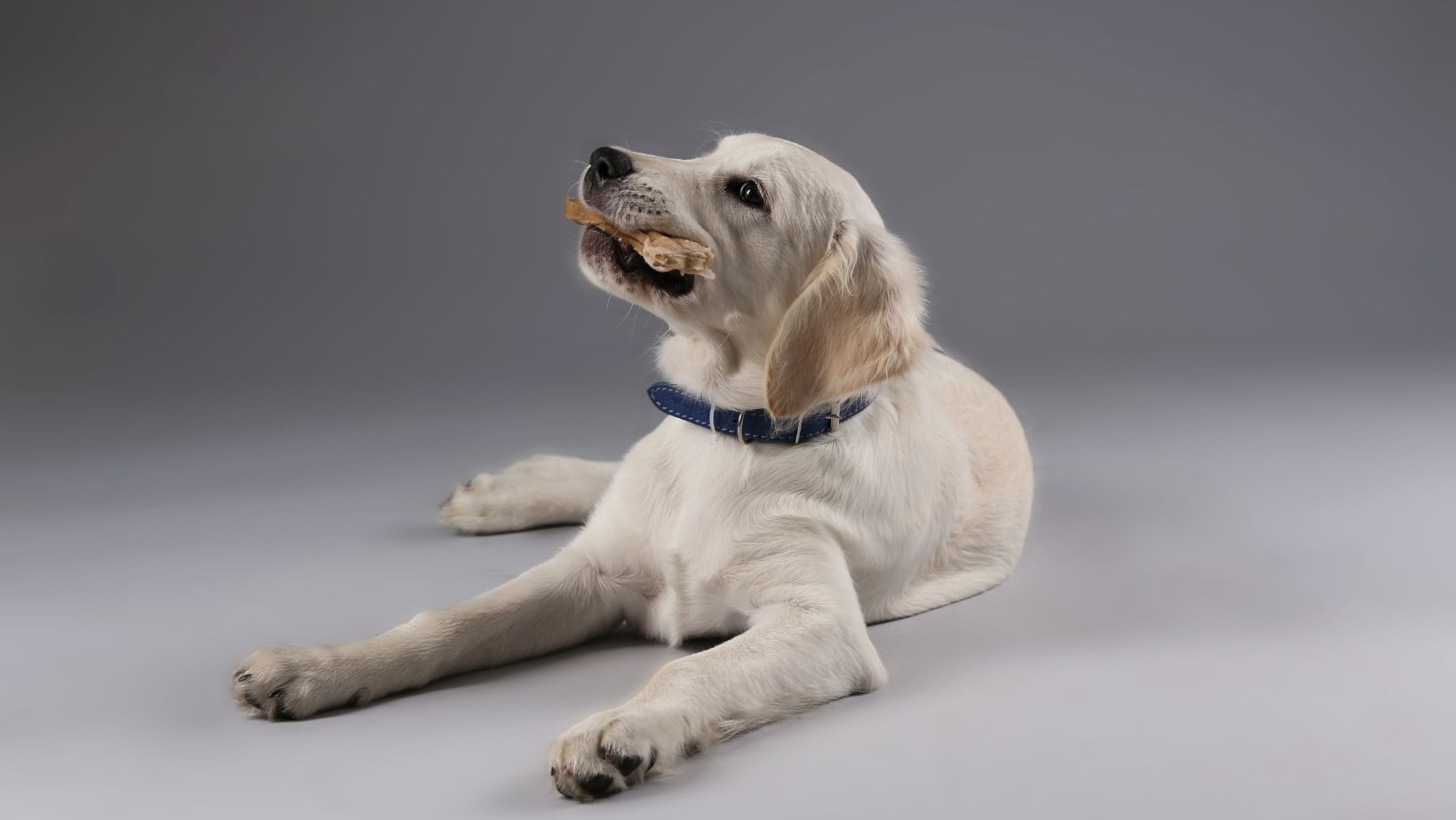How Do I Get My Dog to Come when Called
Are you struggling to get your Labrador to come when called? Don’t worry, you’re not alone. Teaching your furry friend to respond reliably to the command “come” is an essential part of their training, ensuring their safety and your peace of mind. In this article, I’ll share some effective tips and techniques that will help you get your Labrador to come running back to you every time.
Firstly, it’s important to establish a strong foundation of trust and positive reinforcement with your Labrador. Make sure they associate coming when called with something enjoyable, such as receiving treats or praise. Start in a quiet environment with minimal distractions and call their name followed by the command “come.” When they respond and come towards you, reward them generously. Consistency is key here; practice this exercise regularly until they understand the association between the command and the desired behavior.
Creating Positive Associations with Recall
When it comes to getting my Labrador to come when called, one of the most effective strategies I’ve found is creating positive associations with recall. By associating the act of coming when called with something enjoyable or rewarding, you can greatly increase the likelihood that your dog will respond promptly and eagerly.
Here are some practical tips for creating positive associations with recall:
- Use High-Value Rewards: When training your Labrador to come when called, be sure to reward them with something they find highly motivating. This could be their favorite treat, a special toy, or even praise and affection. By consistently providing these rewards whenever they come to you, your dog will start to associate coming when called as a positive experience.
- Make it Fun: Recall training doesn’t have to be boring! Incorporate play and excitement into your training sessions by using games or incorporating fun activities like fetch or tug-of-war after successful recalls. This way, your Labrador will view coming when called as an opportunity for engaging and enjoyable interactions.
- Practice in Different Environments: Dogs are context-dependent learners, meaning they may struggle to generalize commands across different environments. To ensure reliable recall in various situations, gradually introduce distractions and practice in different locations such as parks or busy streets. This helps reinforce the association between coming when called and receiving rewards regardless of the surrounding environment.
- Avoid Negative Experiences: It’s crucial to create a positive atmosphere around recall training by avoiding any negative experiences associated with it. Never scold or punish your dog for not responding immediately; instead, focus on reinforcing good behavior through positive reinforcement techniques.
Remember that every dog is unique, so it might take time and patience to find the methods that work best for your Labrador. By implementing these tips and tailoring them to suit your dog’s preferences, you’ll be well on your way to fostering a strong recall response based on positive associations.

Adding Distractions Gradually
Now that you’ve mastered the basics of getting your dog to come when called, it’s time to take it up a notch and introduce some distractions. This is an important step in training your Labrador (or any other breed) to have reliable recall in real-life situations. Here are a few tips on how to add distractions gradually:
- Start with mild distractions: Begin by practicing in a quiet and controlled environment, such as your backyard or a calm park. This will allow your dog to focus on learning without being overwhelmed by too many stimuli.
- Introduce movement: Once your dog is responding well in a low-distraction setting, it’s time to add some movement into the mix. Walk around while calling your dog and see if they still come when called. You can also try tossing a toy or treat away from you and then calling them back.
- Use high-value rewards: As distractions increase, the value of your rewards should also increase. Use treats or toys that are especially enticing for your dog so that they are motivated to come back to you even in the face of distractions.
- Gradually increase difficulty: Slowly expose your Labrador to more challenging distractions over time. This could include other animals, people walking by, or even noisy environments like busy streets or crowded parks.
- Practice consistency: Remember to be consistent with your cues and expectations during training sessions with distractions. Reinforce the command “come” and reward promptly when they respond correctly.
By following these steps and gradually introducing distractions into your training sessions, you’ll help build up your Labrador’s ability to focus amidst various temptations and external stimuli.
Remember that every dog is different, so adjust the level of difficulty based on their progress and comfort level. With patience, persistence, and positive reinforcement, you’ll soon have a well-trained Labrador who comes running whenever you call them!